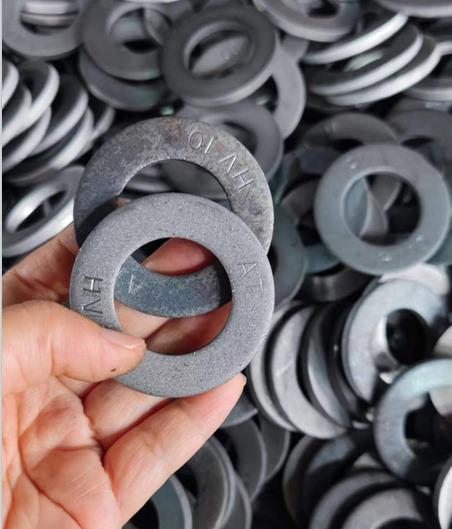Understanding the Benefits of Lag Screw Anchors for Drywall Installations
Understanding Lag Screw Anchors for Drywall A Comprehensive Guide
When it comes to securing objects to drywall, many homeowners and DIY enthusiasts face the challenge of choosing the right fasteners that can provide both strength and stability. One such solution is the lag screw anchor, which is particularly popular for heavy-duty applications. In this article, we will explore the benefits, installation process, and considerations of using lag screw anchors in drywall settings.
What is a Lag Screw Anchor?
A lag screw anchor is a type of fastening device designed to provide a secure hold when attaching heavy objects to drywall. Unlike a standard screw, lag screws are much larger in diameter and are often used in conjunction with an anchor. When properly installed, they can support significant weight, making them ideal for heavy shelves, large mirrors, or televisions.
Benefits of Using Lag Screw Anchors
1. Strength and Stability Lag screws are made from durable materials and have a robust design, which allows them to bear much more weight compared to regular screws. This makes them ideal for applications that require strong support.
2. Versatility Lag screw anchors work well in various applications, including carpentry, home improvement projects, and even outdoor setups. They can be used to anchor items to walls, ceilings, and even wooden structures.
3. Ease of Use Though they might appear intimidating due to their size, lag screws are relatively easy to install. With the right tools, even a novice can effectively utilize them in their projects.
4. Resistance to Shear Forces Lag screw anchors are designed to resist shear forces, which can occur in various settings. This means that once installed, they maintain their hold on the drywall and the object they support, reducing the likelihood of failure.
How to Install Lag Screw Anchors
Installing lag screw anchors in drywall involves a few simple steps
1. Choose the Right Location Before drilling, determine where you want to place your anchor. It's crucial to avoid electrical wires and plumbing lines, which can be hidden behind the drywall.
lag screw anchor drywall

2. Drill the Pilot Hole Using a drill, create a pilot hole where the lag screw will go. The size of the pilot hole should be slightly smaller than the diameter of the lag screw to ensure a tight fit.
3. Insert the Anchor If your lag screw requires an anchor, insert it into the pilot hole. Sometimes, you may need to tap it lightly with a hammer to ensure it's seated properly.
4. Screw in the Lag Screw Using a socket wrench or an impact driver, insert the lag screw into the anchor and tighten it until it feels secure. Be cautious not to overtighten, as this can damage the drywall.
5. Test the Installation Once the lag screw is installed, gently tug on the attached object to ensure that the anchor can bear the weight. This extra step can help prevent future mishaps.
Considerations and Tips
- Weight Limits Always check the weight capacity of the lag screw anchor you are using. Different anchors have different load-bearing limits, and exceeding these limits can lead to failure.
- Use Multiple Anchors For extremely heavy items, consider using multiple lag screw anchors to distribute the weight evenly across different points of the drywall.
- Maintenance Regularly check the stability of items anchored to drywall. Over time, certain factors (like vibration or environmental changes) can affect their hold.
- Professional Help If you are unsure about your ability to install heavy items safely, consider consulting with a professional to ensure that your installation is both secure and aesthetically pleasing.
Conclusion
Lag screw anchors provide a reliable and efficient means of securing heavy objects to drywall. With proper installation and attention to weight limits, they can enhance the functionality and design of your space. Whether you’re hanging shelves, artwork, or electronics, understanding how to use lag screw anchors can make your home improvement projects much more successful. Happy building!
-
Top Choices for Plasterboard FixingNewsDec.26,2024
-
The Versatility of Specialty WashersNewsDec.26,2024
-
Secure Your ProjectsNewsDec.26,2024
-
Essential Screws for Chipboard Flooring ProjectsNewsDec.26,2024
-
Choosing the Right Drywall ScrewsNewsDec.26,2024
-
Black Phosphate Screws for Superior PerformanceNewsDec.26,2024
-
The Versatile Choice of Nylon Flat Washers for Your NeedsNewsDec.18,2024










